Previous studies recommended keeping electronics at a six-inch distance from implantable cardiac devices.
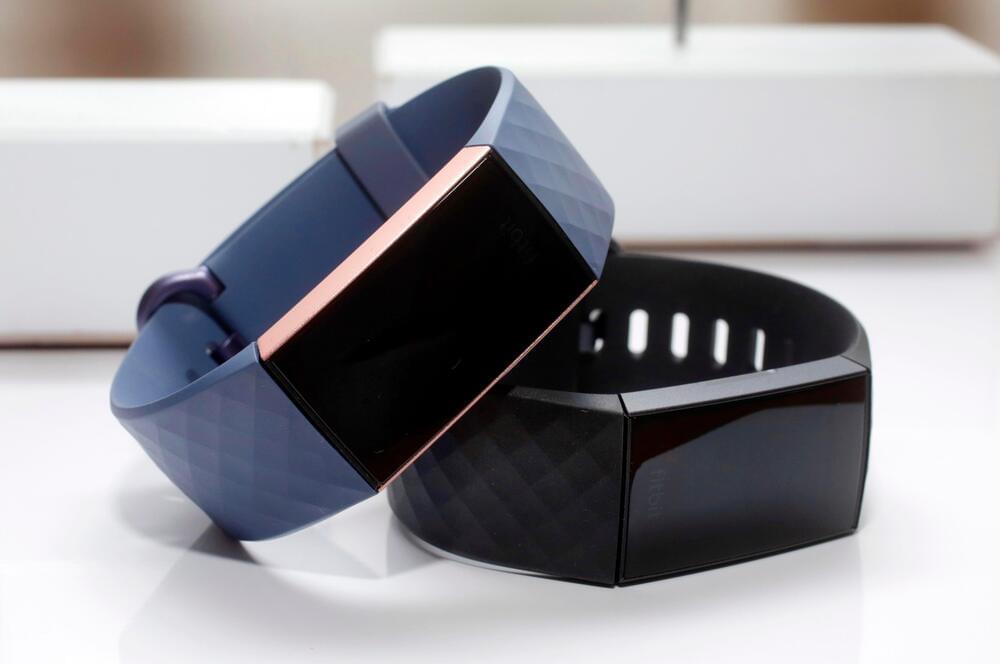


A multidisciplinary Northwestern University research team has created a groundbreaking transistor that is expected to be optimal for bioelectronics that are high-performance, lightweight, and flexible.
The new electrochemical transistor is compatible with both blood and water and has the ability to amplify significant signals, making it highly beneficial for biomedical sensing. This transistor could make it possible to develop wearable devices that can perform on-site signal processing right at the biology-device interface. Some potential applications include monitoring heart rate and levels of sodium and potassium in the blood, as well as tracking eye movements to study sleep disorders.
“All modern electronics use transistors, which rapidly turn current on and off,” said Tobin J. Marks, a co-corresponding author of the study. “Here we use chemistry to enhance the switching. Our electrochemical transistor takes performance to a totally new level. You have all the properties of a conventional transistor but far higher transconductance (a measure of the amplification it can deliver), ultra-stable cycling of the switching properties, a small footprint that can enable high-density integration, and easy, low-cost fabrication.”
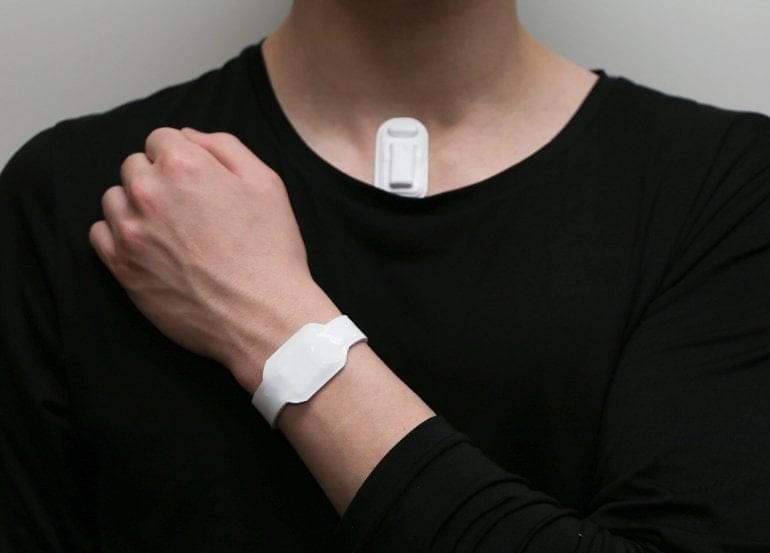
Summary: A newly developed sensor tracks a person’s vocal use and alerts them to overuse before vocal fatigue and potential injury occur.
Source: Northwestern University.
Northwestern University researchers have developed the first smart wearable device to continuously track how much people use their voices, alerting them to overuse before vocal fatigue and potential injury set in.
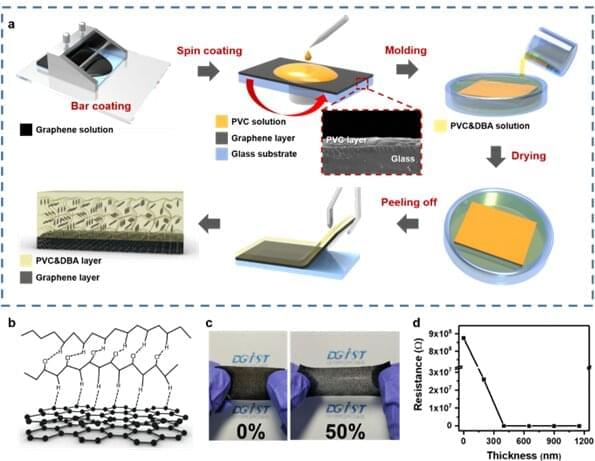
Professor Juhyuk Lee of the Department of Energy Engineering has developed an elastic triboelectric generator that can be used in the daily lives of frequent movers. The cause of the output reduction of the elastic triboelectric sensor was identified during joint research with Professor Joohun Lee of Hanyang University’s (ERICA campus) Department of Bio-Nanotechnology. Additionally, the professor used graphene to develop a touch sensor with stable output and expand the application of the triboelectric generator. The study is published in the journal Nano Energy.
Along with the rapid growth of various biosensors and wearable devices due to the continuous development of semiconductors and small electronic components, there has been a growing interest in triboelectric generators for use as sensors or energy sources. To use the triboelectric generator in a wearable device, the material that comes into contact with the body must be safe, and the output must be constant despite any deformations caused by movement.
However, the output of conventional elastic triboelectric generators is affected by its change in form. The reason for this relationship was not clearly understood. Similar to previously existing products, there are limitations to precise detection if the output changes along with the change in form, such as stretching.
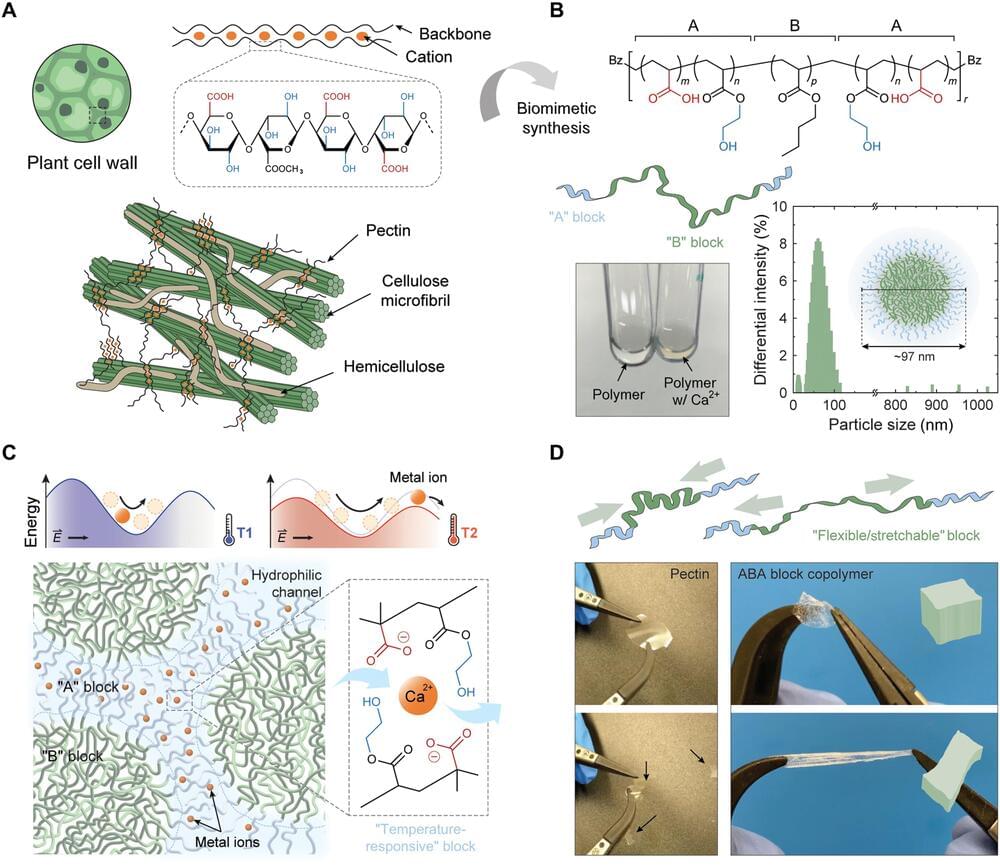
Materials scientists are often inspired by nature and therefore use biological compounds as cues to design advanced materials. It is possible to mimic the molecular structure and functional motifs in artificial materials to offer a blueprint for a variety of functions. In a new report in Science Advances, Tae Hyun Kim and a research team at the California Institute of Technology and the Samsung Advanced Institute of Technology in the U.S. and South Korea, created a flexible biomimetic thermal sensing polymer, abbreviated BTS, which they designed to mimic ion transport dynamics of pectin; a plant cell wall component.
The researchers used a versatile synthetic procedure and engineered the properties of the polymer to be elastic, flexible and stretchable in nature. The flexible polymer outperformed state-of-the-art temperature sensing materials such as vanadium oxide. Despite mechanical deformations, the thermal sensor-integrated material showed high sensitivity and stable functionality between 15° and 55° Celsius. The properties of the flexible BTS polymer made it well suited to map temperature variations across space-time and facilitate broadband infrared photodetection relevant for a variety of applications.
Organic electronic materials are competitive alternatives to conventional silicon-based microelectronics due to their cost-effective, multifunctional nature. Materials scientists seek to tailor the properties of such materials at the molecular level for a range of sensing applications for wearable and implantable devices with specific characteristics such as flexibility and elasticity. At present, there is an increasing demand for all-organic electronic devices to form a range of soft and active materials. For instance, organic thermal sensors are suited for remote health care and robotics, albeit with limitations.
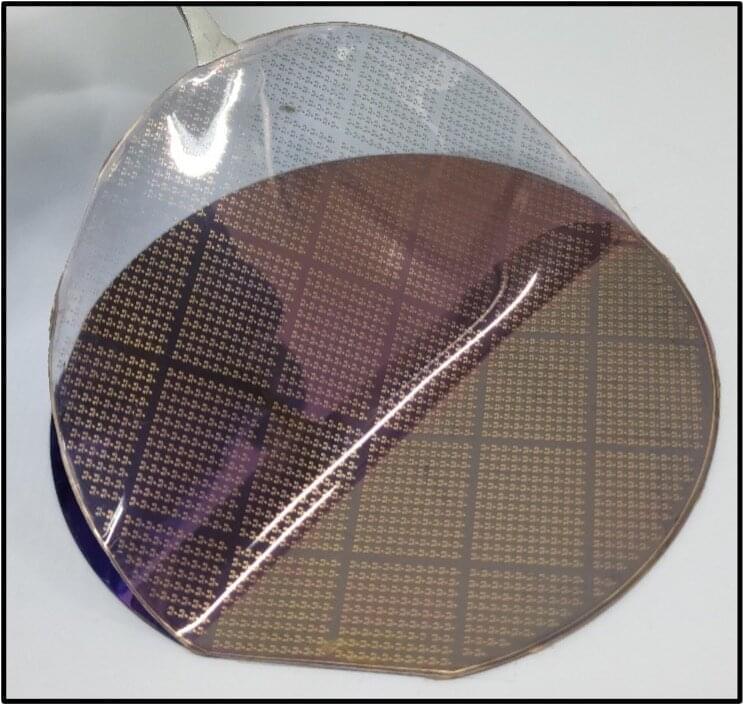
Over the past few years, material scientists and electronics engineers have been trying to fabricate new flexible inorganic materials to create stretchable and highly performing electronic devices. These devices can be based on different designs, such as rigid-island active cells with serpentine-shape/fractal interconnections, neutral mechanical planes or bunked structures.
Despite the significant advancements in the fabrication of stretchable materials, some challenges have proved difficult to overcome. For instance, materials with wavy or serpentine interconnect designs commonly have a limited area density and fabricating proposed stretchable materials is often both difficult and expensive. In addition, the stiffness of many existing stretchable materials does not match that of human skin tissue, making them uncomfortable on the skin and thus not ideal for creating wearable technologies.
Researchers at Sungkyunkwan University (SKKU), Institute for Basic Science (IBS), Seoul National University (SNU), and Korea Advanced Institute of Science and Technology (KAIST) have recently fabricated a vacuum-deposited elastic polymer for developing stretchable electronics. This material, introduced in Nature Electronics, could be used to create stretchy field-effect transistors (FETs), which are primary components of most electronic devices on the market today.
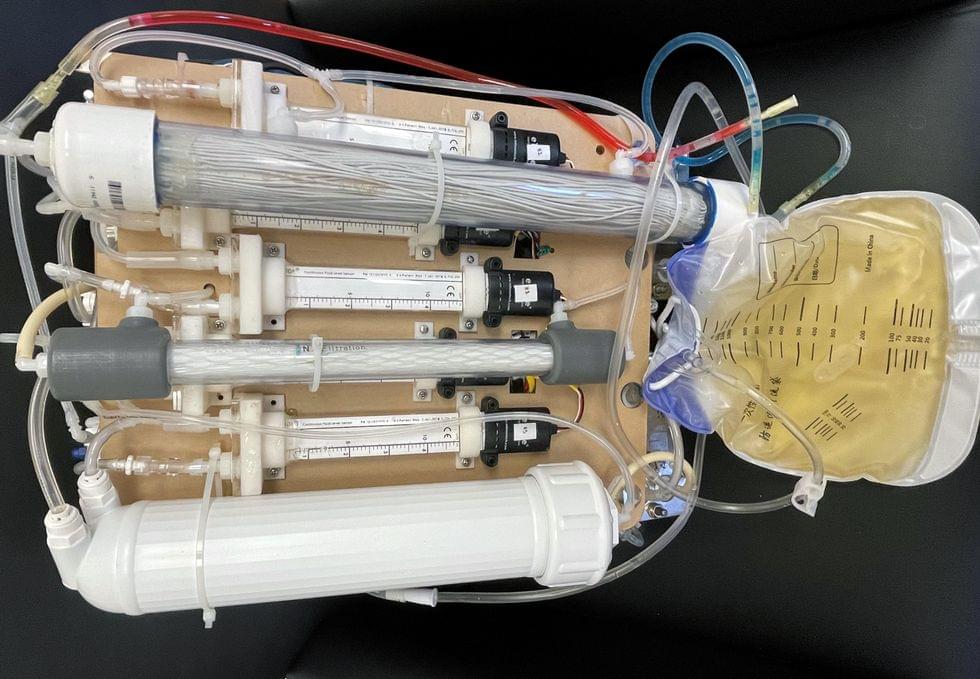
“It doesn’t have just a static function. It has a bank of sensors that measure chemicals in the blood and feeds that information back to the device,” Kurtz says.
Other startups are getting in on the game. Nephria Bio, a spinout from the South Korean-based EOFlow, is working to develop a wearable dialysis device, akin to an insulin pump, that uses miniature cartridges with nanomaterial filters to clean blood (Harhay is a scientific advisor to Nephria). Ian Welsford, Nephria’s co-founder and CTO, says that the device’s design means that it can also be used to treat acute kidney injuries in resource-limited settings. These potentials have garnered interest and investment in artificial kidneys from the U.S. Department of Defense.
For his part, Burton is most interested in an implantable device, as that would give him the most freedom. Even having a regular outpatient procedure to change batteries or filters would be a minor inconvenience to him.
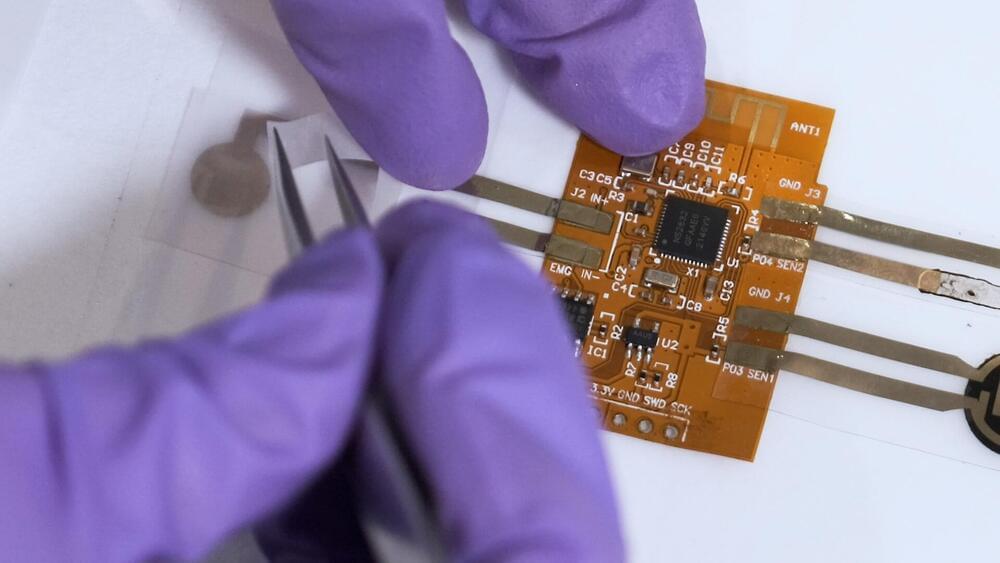
An international team led by researchers from Nanyang Technological University, Singapore (NTU Singapore) has developed a universal connector to assemble stretchable devices simply and quickly, in a “Lego-like” manner.
Stretchable devices including soft robots and wearable health care devices are assembled using several different modules with different material characteristics—some soft, some rigid, and some encapsulated.
However, the commercial pastes (glue), currently used to connect the modules often either fail to transmit mechanical and electrical signals reliably when deformed or break easily.
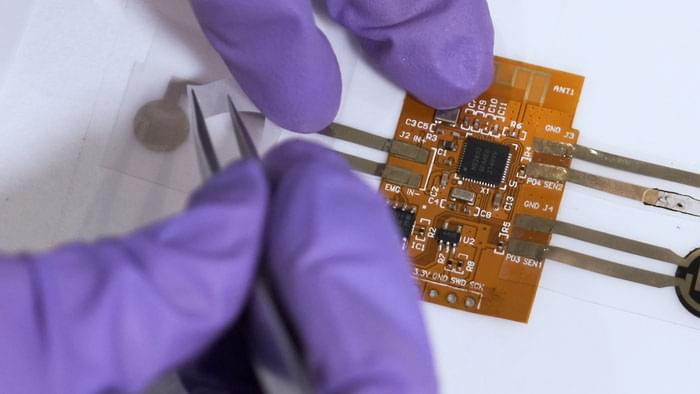
An international team led by researchers from Nanyang Technological University, Singapore (NTU Singapore) has developed a universal connector to assemble stretchable devices simply and quickly, in a ‘Lego-like’ manner.
Stretchable devices including soft robots and wearable healthcare devices are assembled using several different modules with different material characteristics — some soft, some rigid, and some encapsulated.
However, the commercial pastes (glue), currently used to connect the modules often either fail to transmit mechanical and electrical signals reliably when deformed or break easily.
Science fiction films love to show off huge leaps in technology. The latest Avatar movie features autonomous, spider-like robots that can build a whole city within weeks. There are space ships that can carry frozen passengers lightyears away from Earth. In James Cameron’s imagination, we can download our memories and then upload them into newly baked bodies. All this wildly advanced tech is controlled through touch-activated, transparent, monochrome and often blue holograms. Just like a thousand other futuristic interfaces in Hollywood.
When we are shown a glimpse of the far future through science fiction films, there are omnipresent voice assistants, otherworldly wearables, and a whole lot of holograms. For whatever reason these holograms are almost always blue, floating above desks and visible to anyone who might stroll by. This formula for futuristic UI has always baffled me, because as cool as it looks, it doesn’t seem super practical. And yet, Hollywood seems to have an obsession with imagining future worlds washed in blue light.
Perhaps the Hollywood formula is inspired by one of the first holograms to grace the silver screen: Princess Leia telling Obi-Wan Kenobi that he is their only hope. Star Wars served as an inspiration for future sci-fi ventures, so it follows that other stories might emulate the original. The Avatar films have an obvious penchant for the color blue, and so the holograms that introduce us to the world of Pandora and the native Na’vi are, like Leia, made out of blue light.